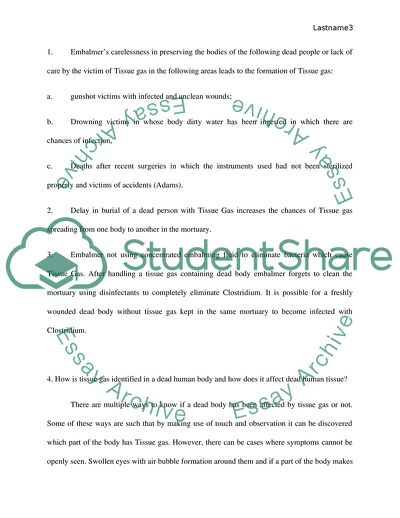Cite this document
(Tissue Gas Alert Assignment Example | Topics and Well Written Essays - 2076 words, n.d.)
Tissue Gas Alert Assignment Example | Topics and Well Written Essays - 2076 words. https://studentshare.org/biology/1783720-tissue-gas-report
Tissue Gas Alert Assignment Example | Topics and Well Written Essays - 2076 words. https://studentshare.org/biology/1783720-tissue-gas-report
(Tissue Gas Alert Assignment Example | Topics and Well Written Essays - 2076 Words)
Tissue Gas Alert Assignment Example | Topics and Well Written Essays - 2076 Words. https://studentshare.org/biology/1783720-tissue-gas-report.
Tissue Gas Alert Assignment Example | Topics and Well Written Essays - 2076 Words. https://studentshare.org/biology/1783720-tissue-gas-report.
“Tissue Gas Alert Assignment Example | Topics and Well Written Essays - 2076 Words”. https://studentshare.org/biology/1783720-tissue-gas-report.


